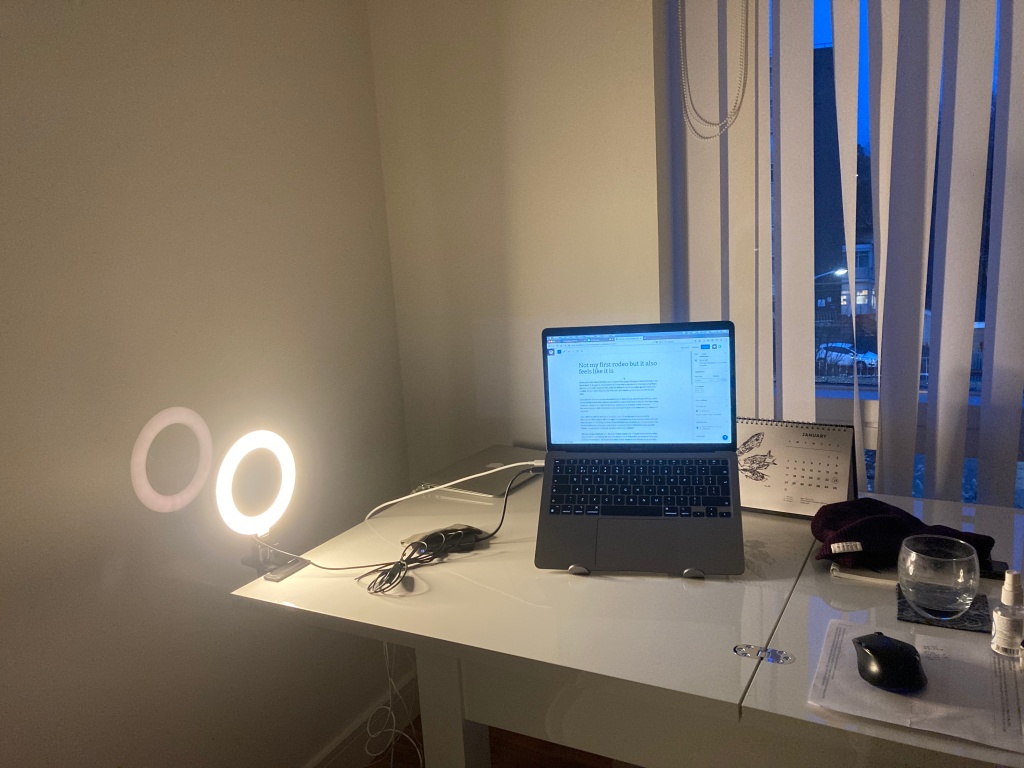Smack dab in the heat of the first / second wave of the Covid-infections in South East Asia, I was due to teach in Singapore. I was based in KL at the time so the risk of an intercontinental flight was not on the cards, but even then, both the Malaysian and Singaporean governments were prudent. Borders were closed for the most part, and I ended up teaching online for the first time.
Given the lack of time to prepare for anything other than remote, synchronous delivery, I went ahead and did exactly that: lectured via Zoom for a good three hours a day over ten days, trying as best as I could to replicate the classroom experience via breakout rooms, chats and discussion boards – while from time to time allowing the students to switch on their mikes and speak up.
Now, with time and the wisdom of hindsight, I embark on the new academic term in Birmingham with a slightly different repertoire of ammunition at my disposal. Lectures for the modules that I am teaching this term, Financial Reporting and Advanced Financial Accounting, are to be delivered in bimodal mode: that is – a series of lectures delivered as pre-recorded videos, followed by an interactive workshop and online seminars.
This was an opportunity for me – because I’d been toying with a flipped classroom for a while now, but never really having the resources (read: time) to follow through properly. Being able – and being expected to – ask students to watch videos ahead of time allowed me to play with this experiment a bit more.
What I did not cater for, though, was how difficult it is to prepare good, pre-recorded videos.
The interactive sessions, I can do, because there is an audience and I can apply my usual lecturing style: I typically provide students slides – sometimes sparse, so they would need to follow my lecture to fill in the gaps – and then I riff off the slides having prepped broadly the key points I want to talk about.
In a typical face-to-face lecture I would move while I paused between points, allowing the students time to take down notes or summarise what I just said; and I’d make it a point to deliver from different parts of the room to add a bit of variety (and to stop kids in the back row playing PUBG while I’m trying to exhort the virtues of the efficient market.
In an online live session this is not possible, but there is still that audience, and I can pause and ask questions to gauge their understanding, and repeat what is necessary.
In a recorded video, as I found out yesterday, you can’t riff as easily. The pace of a good video recording has to be even, especially when you are there alone and all eyes are (or will be, when they see it) on you. It felt weird and jarring to hear the video recording and see how the pauses, which I often use to good effect, being amplified and sound unpolished.
I realised that I needed a script.
This is super weird for me, because in the 16 years I have been teaching, whether as a teaching assistant or a lecturer, I have never resorted to a script. Major key points, sure. Reading off text, not my usual go to position: this isn’t a contrite apology crafted by the corporate comms team, this is a lecture. I am sharing stories with you.
I guess I am going to still share stories with you – only in a much more structured and polished way. I’ve spent the day writing an actual script – with emphasis on where I would need to inflect. I’ve been practising reading the text in as conversational a way as possible. And I’m going to give this video recording another go today.
